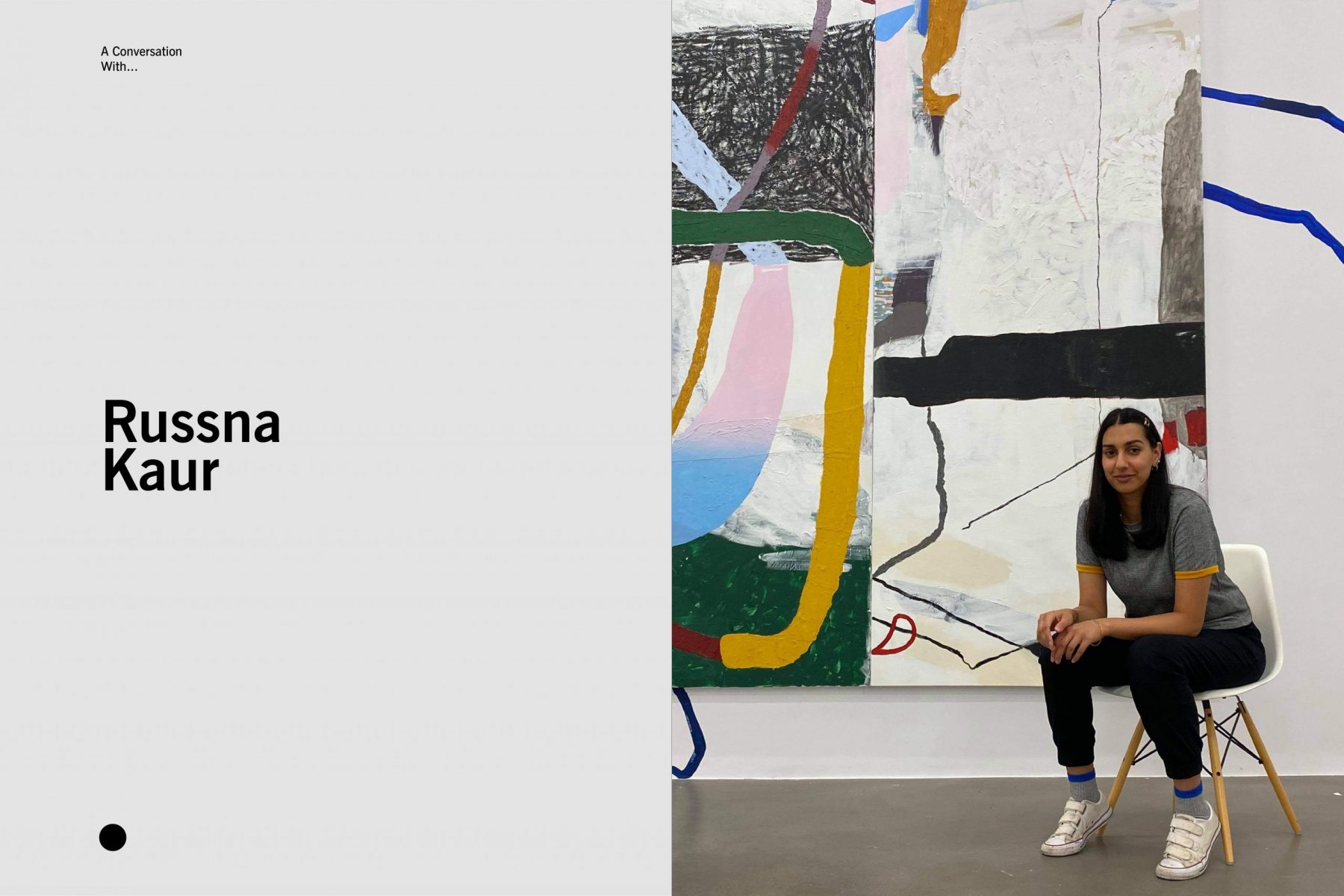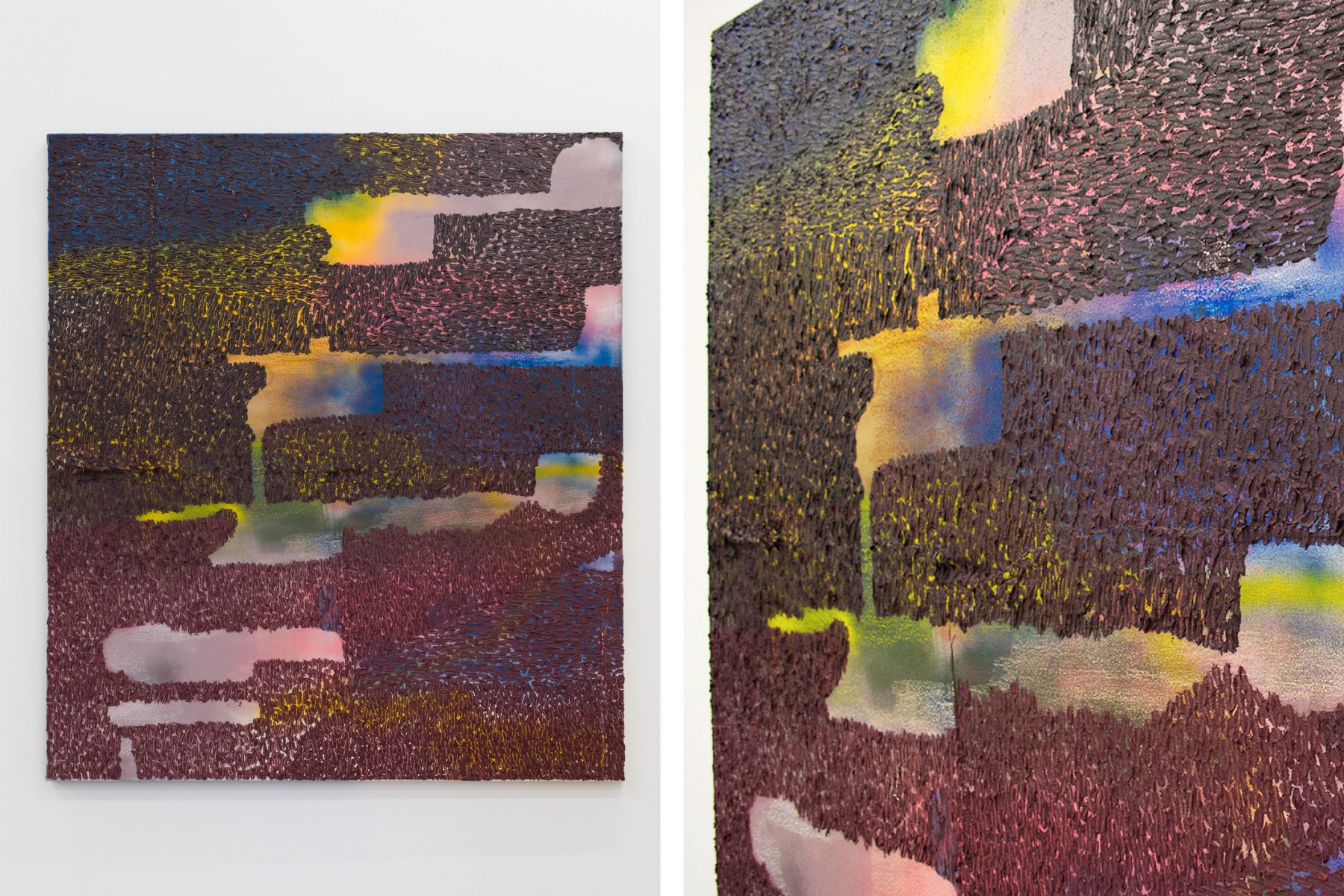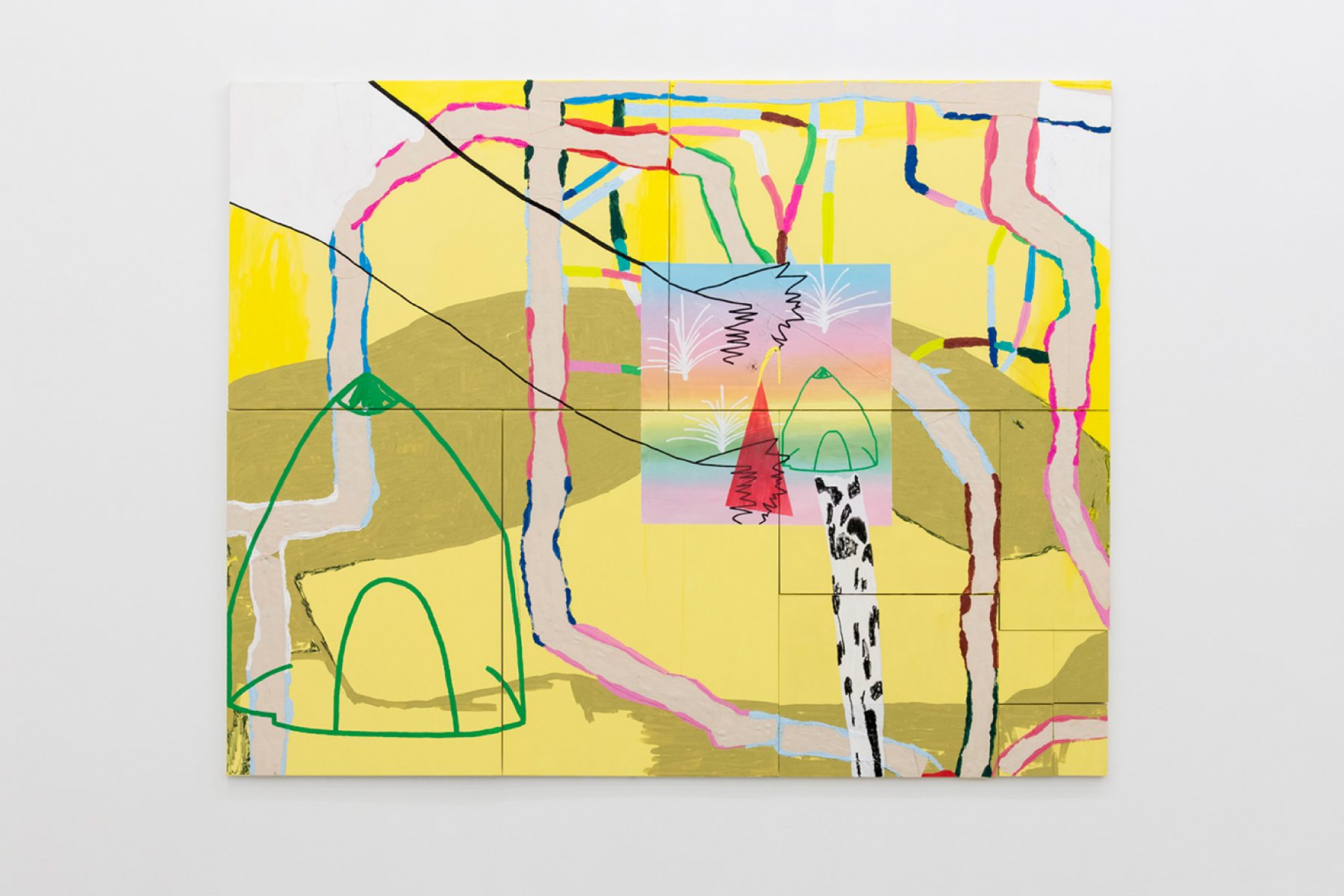Russna Kaur (b. 1991, Toronto, ON; lives and works in Vancouver) graduated from the University of Waterloo earning a BA with a major in Fine Arts: Studio Specialization (2013) and the Emily Carr University of Art + Design (2019) where she received a Master in Fine Arts.
Kaur was awarded the Gathie Falk Visual Arts Scholarship, the University Women’s Club of Vancouver Graduate Scholarship, the Audain Faculty of Art Graduate Teaching Fellowship and was shortlisted for the Social Sciences & Humanities Research Council (SSHRC) Canada Graduate Scholarship. Kaur has been an artist-in-residence at the Burrard Arts Foundation in Vancouver and the Centrum Emerging Artist Residency in Port Townsend, Washington.
She is the recipient of the 2020 Takao Tanabe Painting Prize for emerging painters in British Columbia and the 2020 IDEA Art Award. Her work is in the permanent collection at the Vancouver Art Gallery and the VGH & UBC Hospital Foundation. She is currently a sessional instructor at the Emily Carr University of Art + Design.
We managed to sit down with Russna and have an open conversation about her work, what she’s up to most recently and what’s yet to come.





